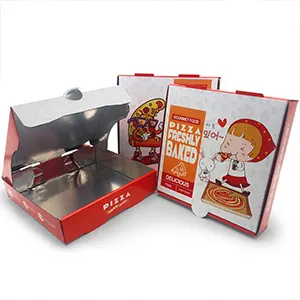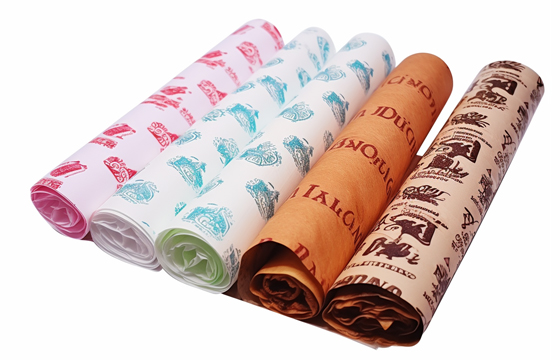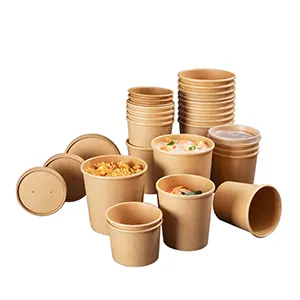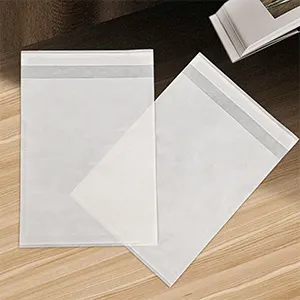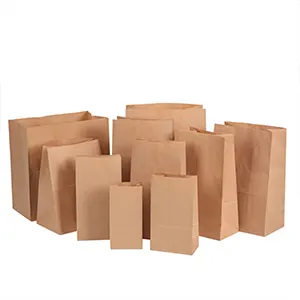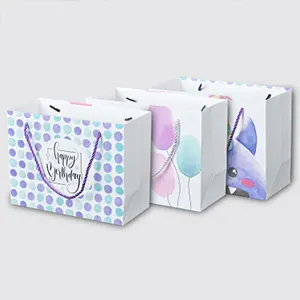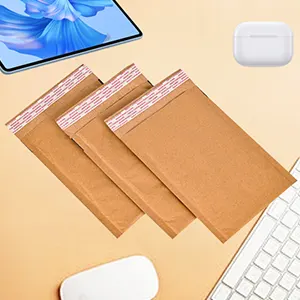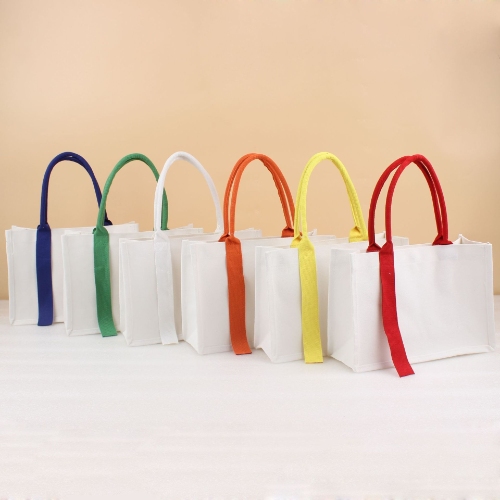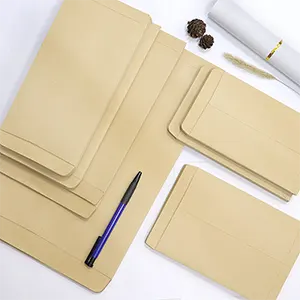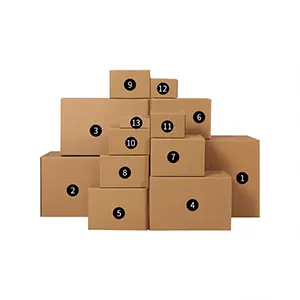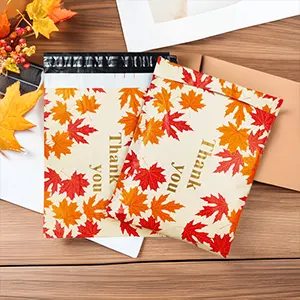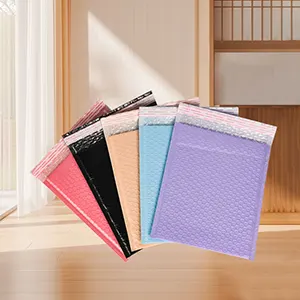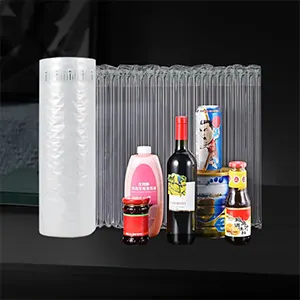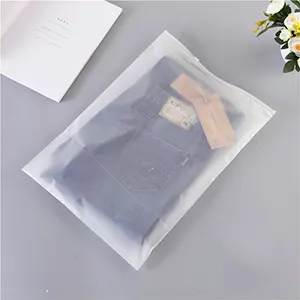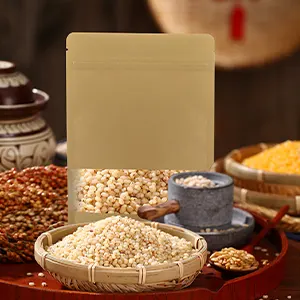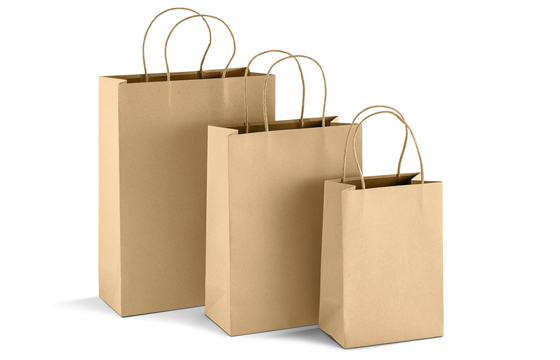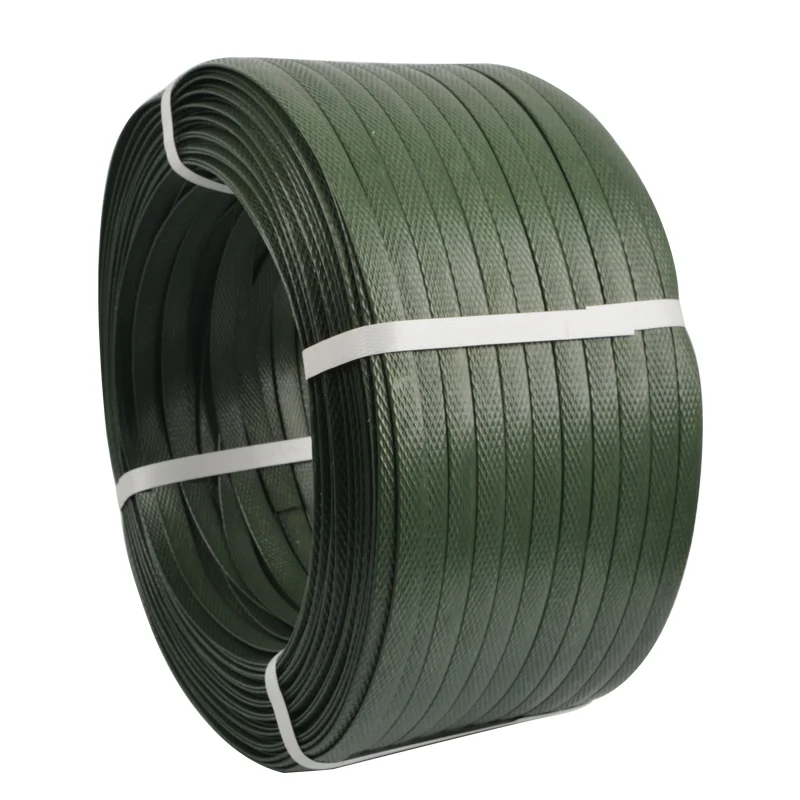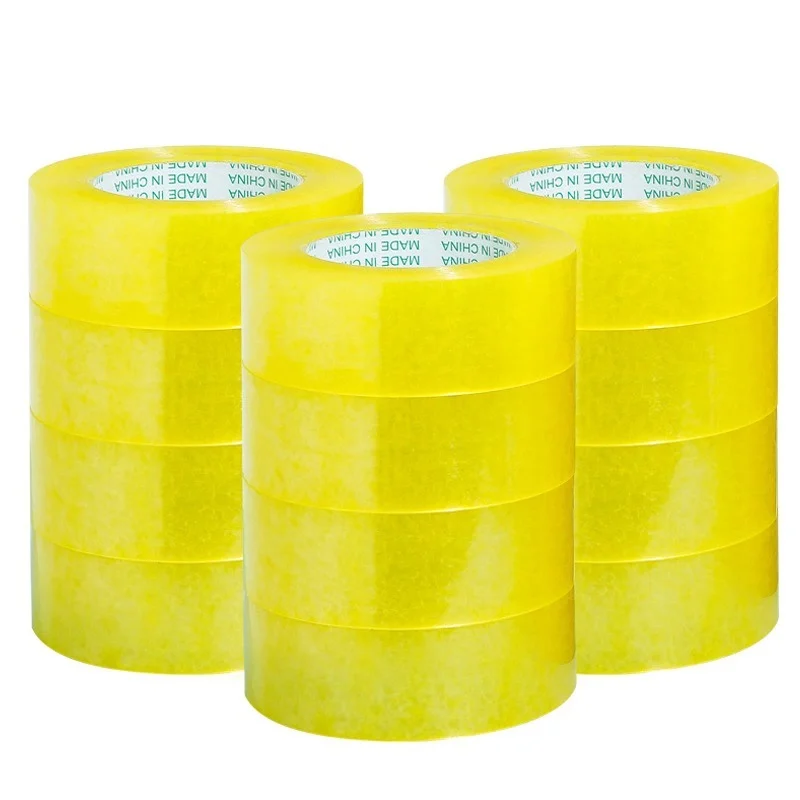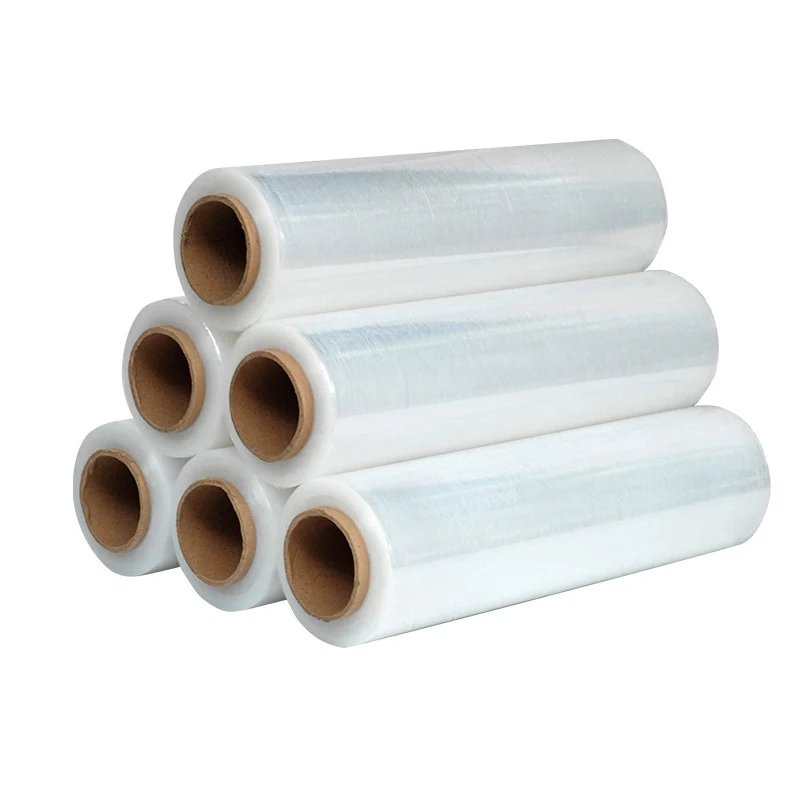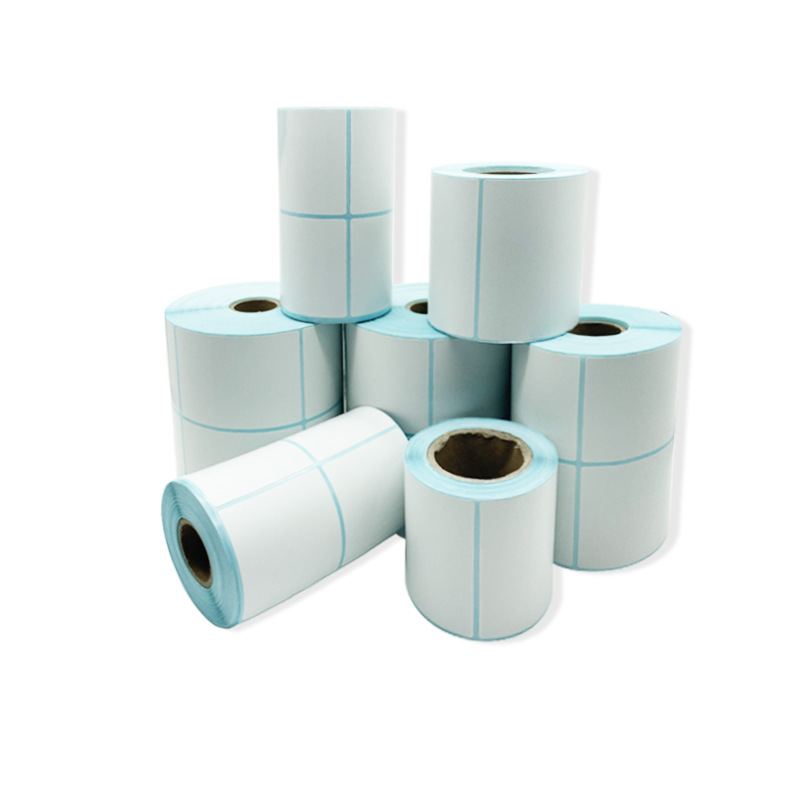Gingham Greaseproof Paper Sheets: The Retro Trend Making a Comeback
Gingham greaseproof paper sheets are a timeless classic in food presentation, and this beloved retro trend is making a major comeback in modern packaging design. The simple, crisscross pattern of colored squares is instantly recognizable, evoking a powerful sense of nostalgia, comfort, and wholesome goodness. For food businesses looking to create a warm, friendly, and authentic brand identity, gingham is an incredibly effective tool. It is more than just a pattern; it is a visual shorthand for quality, tradition, and a simpler time. This definitive guide will explore the rich history of the gingham pattern, the psychology behind its enduring appeal, and the many ways that modern food businesses can use it to create a presentation that customers love.
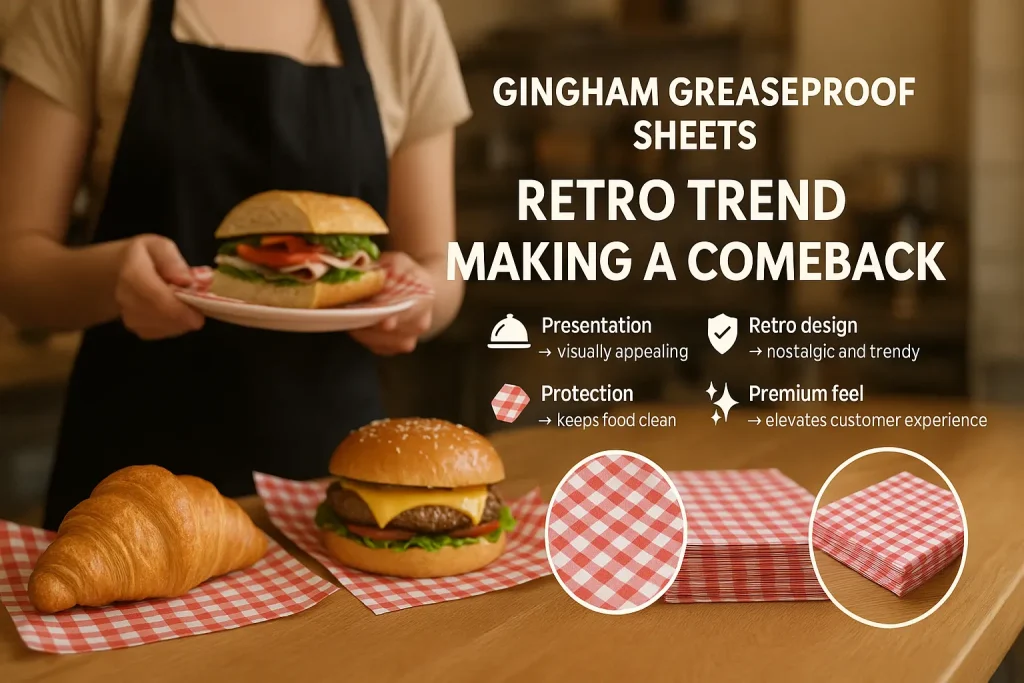
A Brief History of the Gingham Pattern
To understand why gingham has such a powerful effect, it is helpful to understand its history. The pattern's journey from a simple woven fabric to an icon of food presentation is a fascinating story. Its associations have been built up over centuries, creating the rich cultural meaning it holds today.
The Origins of Gingham Fabric
The exact origin of gingham fabric is debated, but it became widely produced and popular in the textile mills of Europe in the 17th and 18th centuries. It was a simple, affordable, and durable woven cotton fabric, characterized by its checked pattern. The pattern is created by weaving dyed yarn with undyed yarn, creating a simple grid of solid squares, lighter squares, and squares of mixed color. Initially, it was often a striped pattern, but the checked version is what became globally recognized.
Gingham's Journey into Popular Culture
Gingham fabric became a staple for everyday clothing and home goods. It was used for dresses, shirts, aprons, and tablecloths. Its simple, cheerful, and unpretentious nature made it a symbol of a wholesome, domestic life. In the mid-20th century, the pattern had a huge surge in popularity. It became an icon of a clean, optimistic, and family-oriented post-war culture. This is the era that cemented its status as a beloved and nostalgic design.
The Association with Picnics and Casual Dining
The link between gingham and food was forged through the classic picnic blanket. The red-and-white checked tablecloth or blanket became the universal symbol of a relaxed, outdoor meal with family and friends. This powerful association is deeply ingrained in our collective memory. When we see a gingham pattern, we subconsciously think of simple, delicious food enjoyed in a happy and informal setting.
Why Gingham Became a Staple in Food Presentation
This strong association with casual, wholesome food made gingham a natural choice for food packaging and presentation. Diners in the 1950s began using red-and-white checked paper to line baskets for burgers and fries, tapping into that friendly, nostalgic feeling. Bakeries used it to line boxes for homemade pies and cakes. The pattern was a simple and effective way to communicate a message of honest, unpretentious, and delicious food.
The Psychology of Gingham: Why We Love This Pattern
The enduring appeal of the gingham pattern is not an accident. Its simple, balanced design has a powerful and positive psychological effect. It taps into a deep-seated human appreciation for order, simplicity, and nostalgia.
Evoking Feelings of Nostalgia and Comfort
Gingham is a powerful trigger for nostalgia. It reminds us of simpler times, of childhood picnics, and of grandmother's kitchen. This nostalgic connection creates a feeling of comfort, warmth, and trust. For a food business, being able to evoke these positive feelings is an incredibly powerful marketing tool. It makes the customer feel safe, comfortable, and at home with your brand.
The Sense of Simplicity and Honesty
The pattern itself is simple and honest. There is nothing hidden or overly complex about it. It is a straightforward grid of colored squares. This visual simplicity translates into a perception of the brand itself. A brand that uses gingham is seen as being honest, transparent, and down-to-earth. It suggests that the food is made with simple, high-quality ingredients and without any unnecessary fuss.
The Balance of Order (Grid) and Playfulness (Color)
Gingham strikes a perfect balance between order and playfulness. The grid structure is very orderly and satisfying to the eye. It creates a sense of reliability and consistency. The addition of a cheerful color, like red or blue, adds a layer of fun and playfulness. This combination is very appealing. It feels both reliable and friendly at the same time.
Here are the key feelings and values that the gingham pattern evokes:
- Nostalgia and Tradition: It connects the brand to a positive, idealized past.
- Comfort and Warmth: It creates a welcoming, friendly, and non-intimidating atmosphere.
- Honesty and Simplicity: It suggests that the brand and its products are straightforward and trustworthy.
- Wholesomeness and Authenticity: It is strongly associated with homemade, high-quality food.
- Friendliness and Playfulness: It has a cheerful and approachable vibe that customers find appealing.
Gingham Color Theory in Food Packaging
While the pattern itself is consistent, the choice of color has a huge impact on the final mood and message. Different color combinations can be used to tailor the gingham pattern to a wide variety of brand identities.
Classic Red and White: The Ultimate Diner and Picnic Vibe
The red-and-white gingham is the undisputed king. It is the color of the classic picnic blanket and the quintessential diner basket liner. This color combination is high-energy, attention-grabbing, and a powerful appetite stimulant. It is the perfect choice for businesses with a retro, Americana theme, such as burger joints, barbecue restaurants, and classic diners. It is a fun, vibrant, and instantly recognizable look.
Blue and White: A Fresh, Clean, and Coastal Feel
A blue-and-white gingham has a lighter, calmer, and fresher feel. It is often associated with a coastal or country kitchen aesthetic. This color combination is a great choice for cafes, bakeries, and delis that want to create a clean, fresh, and welcoming atmosphere. It is less intense than the red gingham but is still very classic and charming.
Black and White: A Modern, Chic, and Sophisticated Twist
A black-and-white gingham takes the rustic pattern and gives it a modern, sophisticated edge. This high-contrast combination is very chic and graphic. It is a great choice for a more modern or upscale business that still wants to have a touch of classic charm. A black-and-white gingham can look fantastic in a gourmet burger restaurant, an artisanal cheese shop, or a modern bakery. It is a way to use the classic pattern in a more contemporary way.
Green and White: For a Fresh, Natural, and Healthy Look
A green-and-white gingham is a perfect choice for businesses that want to emphasize freshness and natural ingredients. The green color has a strong association with health, nature, and organic food. This makes it an ideal choice for farm-to-table cafes, salad bars, and businesses that specialize in vegetarian or vegan cuisine. It combines the wholesome feel of gingham with the healthy message of the color green. While a solid color is common, many other coloured greaseproof paper sheets are available in a gingham pattern. For a more comprehensive look at colored paper, you can find a guide to sourcing coloured greaseproof paper sheets.
Key Applications for Gingham Greaseproof Paper in Food Service
The versatility and broad appeal of the gingham pattern make it suitable for a huge range of applications in the food service industry. It is a true workhorse that can be used to enhance the presentation of almost any casual food item.
The Quintessential Liner for Fry Baskets and Deli Trays
This is the most iconic use for gingham greaseproof paper sheets. Lining a wire basket for french fries or a plastic tray for a deli sandwich with a sheet of gingham paper is a simple touch that instantly elevates the presentation. It adds a pop of color and personality. It also serves the functional purpose of absorbing any excess grease, keeping the basket and the customer's hands clean.
As a Charming Wrapper for Burgers, Hot Dogs, and Sandwiches
Gingham paper is the perfect material for wrapping classic takeaway items. A burger, hot dog, or a simple sandwich wrapped in gingham feels more like a special, thoughtfully prepared meal. The pattern adds a layer of visual appeal that makes the product more exciting to receive and unwrap. It is a key part of creating a great first impression.
Enhancing the Presentation of Baked Goods and Pastries
For bakeries and cafes, gingham paper is a fantastic way to package baked goods. It can be used to line pastry boxes, creating a beautiful and professional look. Individual items like scones, muffins, or cookies can be wrapped in a small piece of the paper. The wholesome, "homemade" feel of the gingham pattern is a perfect match for freshly baked treats.
As a Disposable Placemat for Casual Eateries
For diners, cafes, and family-style restaurants, a large sheet of gingham greaseproof paper can be used as a fun and practical disposable placemat. It protects the table from spills and crumbs, which makes cleanup much faster and easier for the staff. It also instantly adds to the cheerful, casual, and friendly atmosphere of the establishment.
Integrating Gingham into Your Brand Identity
The gingham pattern is more than just a decoration; it can be a core part of your brand's visual identity. When used consistently and thoughtfully, it can become a powerful and recognizable brand asset.
For Brands with a Retro or Vintage Theme
For any business that has a retro or vintage-inspired theme, gingham is a natural and almost essential choice. A 1950s-style diner, a vintage-themed food truck, or a bakery that specializes in classic, old-fashioned recipes can use gingham to perfectly complement their brand's story. It instantly transports the customer back in time and reinforces the nostalgic theme.
For Artisanal, Farm-to-Table, and "Homemade" Brands
Gingham is also a perfect fit for brands that are built on the values of authenticity, craftsmanship, and natural ingredients. The pattern's association with homemade food and simple, honest quality makes it a powerful tool for these businesses. It helps to communicate that the food is made with care from high-quality, wholesome ingredients.
Using Gingham as a Signature Brand Element
A business can choose to "own" a specific color of gingham as its signature pattern. If a cafe uses a blue-and-white gingham on all of its packaging, customers will quickly begin to associate that specific pattern with the brand. It becomes a recognizable visual cue that is just as powerful as a logo. This is a key principle for all patterned greaseproof paper sheets.
Combining Gingham with a Simple, Bold Logo
Gingham is a relatively busy pattern. When printing a logo over the top of it, it is important to keep the logo simple, clean, and bold. A complex, detailed logo can get lost in the pattern. A simple, one-color logo with a strong font will have the most impact and will be the easiest to read against the checked background.
Technical and Sourcing Considerations
When you decide to use gingham greaseproof paper sheets, there are a few technical and sourcing points to keep in mind. These will ensure you get a high-quality product that is both beautiful and safe for your customers.
The Printing Process for a Crisp Gingham Pattern
A high-quality gingham pattern should have clean, sharp lines and a consistent color. This is achieved using the flexographic printing process. A reputable printer will have the modern equipment and quality control processes to ensure that the pattern is printed perfectly, with no blurring, smudging, or misalignment of the lines.
The Importance of Food-Safe Inks
This is a critical safety requirement. All the inks used to print the gingham pattern must be certified as food-safe and non-toxic. A professional food packaging supplier will only use water-based or soy-based inks that are completely safe for direct contact with food. Always verify this with your supplier.
The Difference in Look on White vs. Brown Paper
The gingham pattern is most commonly printed on a bleached white base paper. This creates the classic, high-contrast, and vibrant look. It is also possible to print the pattern on an unbleached brown kraft paper. This creates a more muted, rustic, and earthy version of the pattern, which can be a great choice for an organic or farm-to-table brand.
Common Mistakes to Avoid with Gingham Paper
While gingham is very versatile, there are a few common mistakes that businesses can make when using it.
Mistake 1: Using a Gingham Pattern for a Brand that is Ultra-Modern or Luxurious
Gingham has a very strong and specific personality. It is friendly, casual, and rustic. It is generally not a good fit for a brand that is trying to be ultra-modern, futuristic, or highly luxurious. For these brands, a simpler, more elegant pattern or a solid color is often a better choice.
Mistake 2: Poor Quality Printing
A poorly printed gingham, with blurry lines or inconsistent color, looks cheap and unprofessional. It completely undermines the positive qualities of the pattern. It is crucial to work with a high-quality printer to ensure the final product is crisp and clean.
Mistake 3: Overusing the Pattern and Creating a "Busy" Look
While the pattern is charming, it is possible to have too much of a good thing. If your packaging, your staff's uniforms, and your interior decor are all covered in the same gingham pattern, it can be overwhelming. It is often most effective when used as a key accent, balanced with solid colors and clean spaces.
Mistake 4: Using Imitation Greaseproof Paper Sheets
It is important to ensure you are buying a true greaseproof paper, not a lower-quality imitation. Some thin papers may be printed with a gingham pattern but will not have the grease-resistant properties. These imitation greaseproof paper sheets will not perform well and will lead to messy and disappointing results.
Final Thoughts
The gingham greaseproof paper sheet is a true design classic that is more relevant than ever in today's food industry. Its powerful psychological associations with comfort, nostalgia, and authenticity make it a perfect choice for any brand that wants to create a friendly and welcoming experience. It is a simple, cost-effective, and incredibly powerful tool for enhancing food presentation and building a memorable brand identity. By choosing the right color and using it thoughtfully, any food business can tap into the timeless charm of this beloved retro pattern to win the hearts of their customers.
JERL has been working hard on the road of custom packaging. Next time when you feel the need to impress someone with your brand, think of JERL Packaging!

